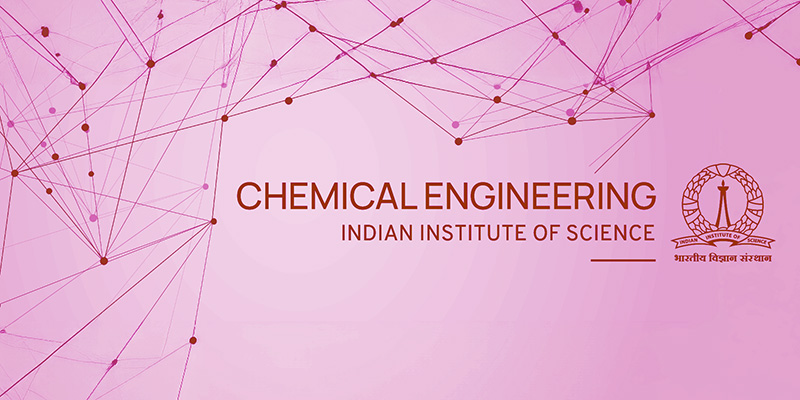October 14, 2025 -- October 14, 2025

Speaker : Prof. Shaama Mallikarjun Sharada, Faculty-Univ. of Southern California (USC).
Date & Time:14th Oct. 2025 Tuesday at 4 PM.
Venue : Seminar Hall, Chemical Engg.
Catalyst discovery for metal-free, photoredox CO2 reduction.
Our goal is to identify sustainable, light-driven routes for CO2 utilization. Prior experiments show that upon excitation by light and subsequent reduction, a simple organic chromophore, p-terphenyl, can reduce and transform CO2 into valuable molecules such as amino acids. These photoredox reactions are attractive because organic chromophores are metal-free and can access highly reactive states upon excitation and quenching that are otherwise energy-intensive. However, the steps of the photoredox cycle and the reasons for the low turnover numbers of these catalysts are poorly understood. We use state-of-the-art quantum chemistry methods and automated workflows to delineate mechanisms of steps constituting the catalytic cycle, develop design principles, and leverage these insights to drive the discovery of viable chromophores. The driving force for the desired electron transfer (ET) step to reduce CO2 cannot be increased without simultaneously increasing that for competing deactivation via carboxylation; this indicates the existence of fundamental relationships that limit catalyst performance. Deactivation can also occur via Birch reduction of the catalyst by the radical cation form of the sacrificial electron donor. These steps are highly sensitive to the choice of solvent, as is the quenching of the excited-state catalyst. I will describe our work establishing a protocol for calculating and characterizing excited-state complexes (exciplexes) that are the result of incomplete quenching. I will also highlight our efforts to construct a first-of-its-kind benchmark database to identify the quantum chemistry methods that provide physically meaningful descriptions of exciplex emissions.